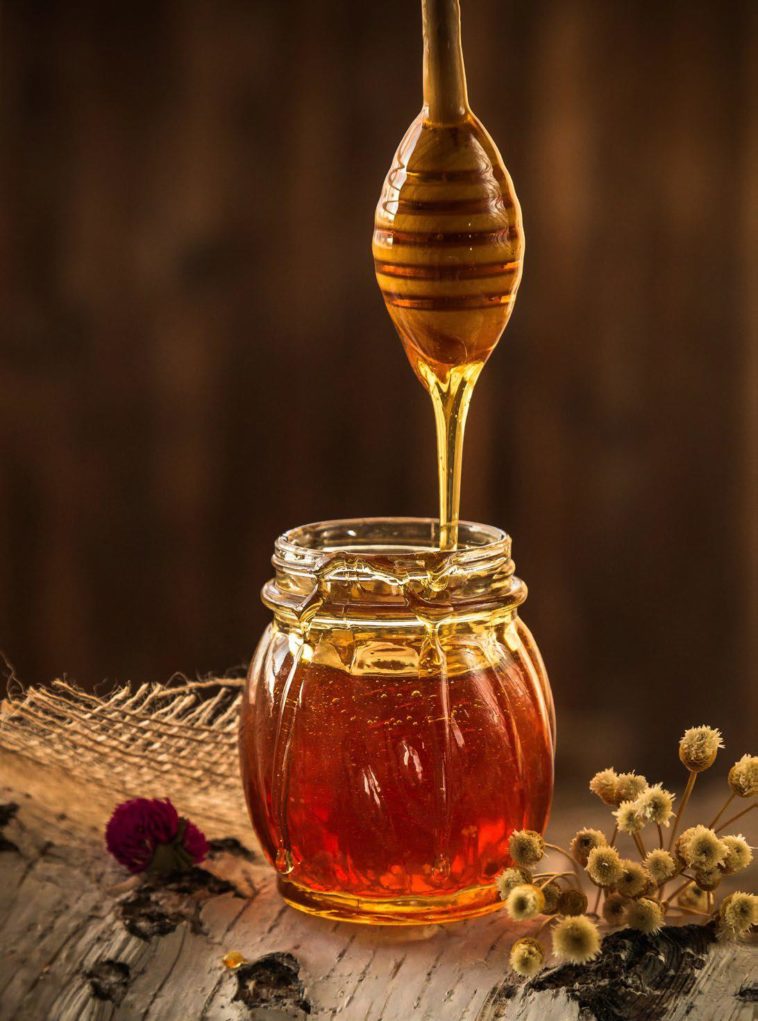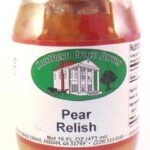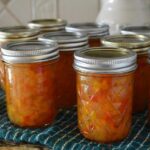Cottage cheese is categorised as a cultured dairy product. It is the product obtained from coagulated milk, cream, partly or wholly skimmed milk, reconstituted (prepared) milk, or a combination of these products. Cottage cheese is a soft, unripened cheese containing about 80% moisture and it can also be made with various additions such as herbs and spices.
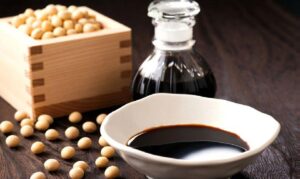
develSoya sauce. Photo: Japanmagazine.com
Cottage cheese is classified as follows:
- Full fat cottage cheese may also be named cottage cheese, full cream cottage cheese or creamed cottage cheese, with the fat in dry matter content of at least 45%, but not more than 60%;
- Medium fat cottage cheese with the fat in dry matter content of at least 25% but not more than 45%;
- Low fat cottage cheese with the fat in dry matter content of at least 10% but not more than 25%;
- Fat-free cottage cheeses may also be named skim milk cottage cheese, with the fat in dry matter content of at least 10%.
The yield is 1 kg full fat cottage cheese from approximately 4,74 kg of whole raw milk and 1 kg low fat cottage cheese from approximately 7,48 kg of raw whole milk.
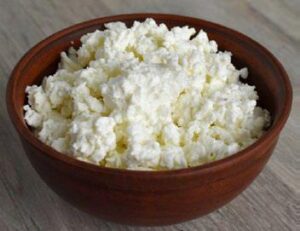
Cottage cheese. Photo: Pixabay.
Soya sauce is the dark liquid extracted from a fermented soya-wheat mixture. It has a salty taste and sharp flavour. It is used as an all-purpose seasoning. Soya sauce is prepared from soyabeans mixed with other cereals such as wheat that undergoes two separate fermentation processes. All the enzymatic and biological reactions taking place during these two fermentation processes, together with concurrent chemical reactions, lead to the formation of many volatile and nonvolatile substances. These substances are responsible for the characteristic colour, flavour and taste of soya sauce. A wide variety of products were developed as traditional soya sauce recipes were passed on from one generation to the next.
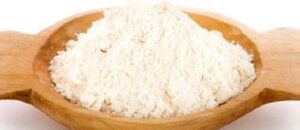
Sweet potato starch. Photo: comeonce.com
Sweet potato sugar syrups are made from sweet potato starch, which is converted into a range of different types of sugars by means of special enzymes. The manufactured syrups can be used to replace more expensive cane or beet sugar in the confectionary industry. Sweet potato sugar syrup is not only a very economic option, but offers a wide variety of products with different properties, which can be manufactured to suit specific needs.
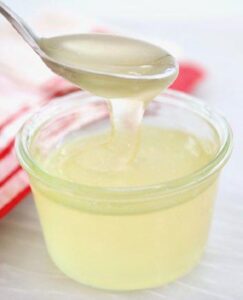
Maize syrup. Photo: Biggerbolderbaking.com.
Maize sweeteners and syrups are manufactured from the starchy endosperm of maize using a conversion process known as hydrolysis. This hydrolysis process can be chemical (by means of strong acids) or enzymatic or a combination of the two. Various types of maize syrups can be produced including glucose, maltose, dextrose and fructose. The type of sweetener produced depends on the processing conditions and hydrolysis agents used. Starch is composed of thousands of glucose units that are linked together to form long chains. When these links are broken, starch is broken down to smaller units which can be single glucose units, two glucose units combined (maltose) or more than two glucose units combined (dextrose). Single glucose units may also be converted into its isomer, fructose, which is much sweeter than glucose. This conversion process is also done by enzymes. The various products formed from starch during hydrolysis are classified according to their dextrose equivalent (DE) value. This is a measurement of the reducing sugar content that is expressed as a percentage of the total dry matter content.
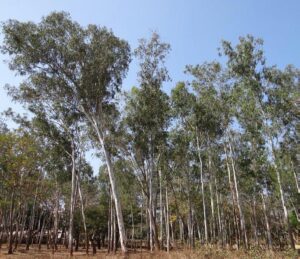
Eucalyptus. Photo: Pixabay.com.
Pear relish: A relish is a sweet-and-sour condiment that comprises of preserved fruit/vegetable pieces and spices. It is served with curries, hot and cold meats and savouries. Pear relish is usually prepared from firm mature or green pears. A basic formulation is as follows: 100 parts vinegar; 250 parts chopped pears; 42 parts chopped onions; 2 to 30 parts chopped chilli peppers; 50 parts chopped green peppers; 50 parts sugar; 4 parts dry mustard; 2 parts allspice; 1 part cinnamon; 1 part cloves; 1 part turmeric; and 1 part salt.
- Pear relish in commercial packaging. Photos: Southerncrossfarms.com.
- Homemade pear relish. Photo: pinterest.com.
Pickled beetroot is skinned, cooked and sliced beetroot packed and preserved in vinegar, a little salt, with or without sweetener and spices. The product is sealed in glass jars and pasteurised to ensure a long stable shelf life. Baby beets may be pickled whole.
Pickled asparagus is preserved by the addition of salt and acid in a suitable container that may or may not be pasteurised. Asparagus is usually pickled as whole spears, alone or with the addition of other minor ingredients. Spices can also be used. The spices are usually in concentrated extract form and may include ginger, pimento, black pepper, chillies, cloves and coriander.
Pickled baby marrow: Baby marrows (courgette or zucchini) are common ingredients in vegetable pickles. It can either be pickled alone or in combination with other vegetables such as onion, gherkins, cauliflower, green beans, carrots, etc. The product is preserved by the low pH (<4,5) of the packaging liquor and a pasteurisation treatment. It is sealed in suitable containers such as glass jars.
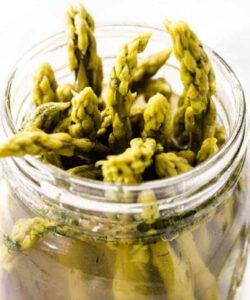
Pickled asparagus. Photo: Spendwithpennies.com.
Pickled red cabbage is shredded red cabbage that is canned or bottled in brine. Red cabbage is most frequently used and should be packed as soon as possible after receipt from the field or cold storage. Good coloured varieties with tight heads are used.
Small-scale fig preserve: Preserves are similar to jelly with the exception that whole or large pieces of fruit are used in the making of preserves. The figs used for the preserve should be firm-ripe instead of soft-ripe and should be uniform in size. Uniformity of the raw product is required to ensure that the pieces will cook evenly.
Honey:
Honey is a sweet food produced by bees from the nectar of flowers. The substance is most often collected by beekeepers and consumed by humans, and is produced by honey bees from the genus Apis.
Honey owns its sweetness to monosaccharides fructose and glucose and has almost the same relative sweetness as that of granulated sugar.
Honey possesses attractive chemical properties for baking processes and because of its distinctive flavour, many users prefer it over sugar and other sweeteners. Because of its low water activity of 0,6, most micro-organisms will not grow on honey.
Honey is used for flavouring and as a sweetener in many foods and beverages, and as such has a long history of human consumption.
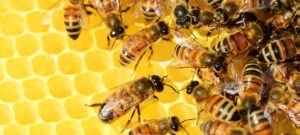
Honey bees Photo: Pixabay.
Honey is also used in many traditional medications to treat a variety of ailments:
- In the digestive system of adults, for the treatment of gastritis and disorders of the bacterial flora in the intestines;
- By contributing to the relief of colds, sinusitis, coughs and bronchitis in the respiratory system;
- For assisting in the resolution of urethritis;
- In the cardiovascular system, honey and its derivatives help against anaemia and arteriosclerosis.
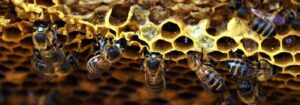
Bees on honey comb. Photo: Pixabay.
The colour, flavour and aroma of honey may differ according to the source of nectar used by the bees. Colour may vary from nearly colourless to dark brown; flavour may be extremely mild to distinctively bold; and the aroma of the honey can be mildly reminiscent of the flower it is produced from. Some of the more common floral sources include:
- Alfalfa: Alfalfa is a legume plant with blue flowers that blooms throughout the summer. It produces a white or extra light amber coloured honey with a fine flavour which is an excellent table honey for everyday use.
- Avocado: Avocado flowers produce a honey which is dark coloured and has a rich and buttery taste. It is ideal in dressings and sauces.
- Basswood: Flowers of the Basswood tree produces a honey with a distinctive biting flavour and is water-white in colour. It is well suited for uses in many recipes.
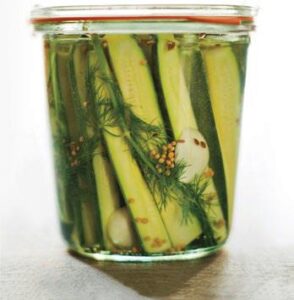
Pickled baby marrow. Photo: Assets.epicurious.com.
- Blueberry: The blueberry has small white flowers and produces a honey which is light amber to amber in colour, with a full and well-rounded flavour. The honey is excellent in sauces and baked goods.
- Buckwheat: This plant grows in cool, moist climates and prefers a light, well-drained soil, although it can do equally well in highly acid, low fertility soils. It blooms early and produces a dark brown coloured honey with a strong, distinctive flavour. Buckwheat honey has excellent applications in BBQ sauces and baked goods.
- Clover: Clover honey is the most common “table” honey and varies in colour from water-white to an extra light amber and has a mild and delicate flavour.
- Eucalyptus: This type of honey shows great variety in colour and flavour, but is generally bold-flavoured with a slightly medicinal aftertaste and is usually used in baked goods, sauces and dressings.
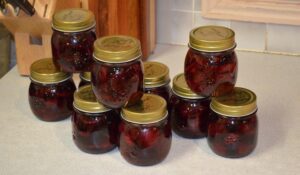
Pickled beetroot. Photo: Valencia, Pixabay.
- Fireweed: Honey produced from Fireweed has a very light to water-white colour and is wonderfully sweet; it is ideal in dessert application.
- Orange blossom: Orange blossom honey is white to extra light amber in colour and has a distinctive flavour and aroma of orange blossoms. It is preferred for everyday use, as well as for baked goods such as cakes and cookies.
- Sage: Honey produced from sage has a mild, delicate flavour and a white or water-white colour. It pairs extremely well with strong cheese.
- Sourwood: Sourwood honey is excellent for table use and in cooking applications such as glazes.
- Tulip Poplar: This honey is dark amber and has found many applications in baking and cooking.
- Tupelo: Tupelo honey is white or extra light amber in colour and has a mild, pleasant flavour. It will not granulate.
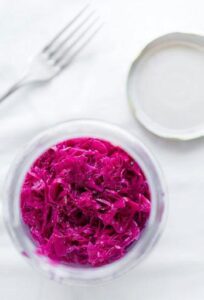
Pickled red cabbage. Photo: interest.com.
Honey may be classified according to a variety of indicators: floral source, according to packaging and processing used, region, colour, and optical density:
- Floral source: usually honey is classified according to the floral source of the nectar from which it was produced. Honey may be from only one specific type of flower nectar and it may be blended after it was collected, but the pollen in the honey remains traceable to its floral source and therefore also to the region of origin.
- Blended: Most of the honey products that are commercially available has been blended from 2 or more honeys which have different floral sources, colour, flavour, density and/or geographical origin.
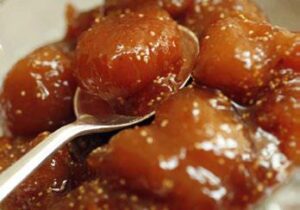
Fig preserve. Photo: Jammarmalade.com.
- Polyfloral: This type of classification refers to wildflower honey, which has been produced from the nectar of many types of flowers. The taste, aroma and flavour of this honey may vary from year to year, all depending on which blooms are prevalent during the time of production.
- Monofloral: This type of honey is made primarily from the nectar of only one type of flower. Monofloral honey is basically produced by keeping the beehives in an area where the bees have access to only one type of flower (although, due to the difficulties on containing bees in only one area, a small proportion of honey may be from additional flower sources).
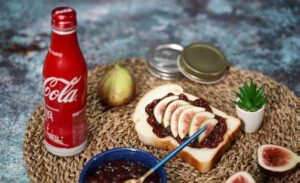
Fig jam with fig slices on bread. Photo: Jeahwan shin, Pixabay.
Published with acknowledgement to the ARC Agricultural Engineering for the use of their manuals. Visit www.arc.agric.za for more information.

